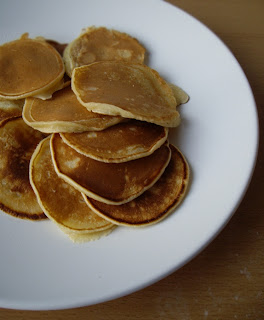Several years ago a German relation of mine mentioned that in
Germany English people are known for their big noses. To be honest, from my observations
it has never struck me that English people have bigger noses than other
nationalities. If it is in fact true, then perhaps we are indeed well-equipped
for the appreciation of cheese.
In the UK
it is easy to find people who will argue in all seriousness that their cheese
is the best in the world – a claim obviously disputed by our European
neighbours. Of course, as a matter of personal taste it can always be debated whether
a cheese is better or worse than others. Personal and national preferences will
always be the deciding factor. Despite this, it is fair to say that British
cheeses have as much to offer as those from France,
Holland or Italy.
It is a shame that many people aren’t aware of the variety
of cheese available beyond the range on their local supermarket shelf and also
that it can be hard to find outlets that sell the more unusual varieties.
I asked an English cheese aficionado to sum up in a few words what is so great about British cheese and for his recommendation. Here is what he said:
"British cheese is nothing short of a national treasure. A tradition hewn and honed by generations of artisans and artists, practioners and purveyors, monks and mongers. From the earthy sharpness of a great cheddar, to the balanced tang of a Stilton, to the creaminess of a Cheshire, British Cheese sets the standards. Overall, if pushed, the greatest of all British Cheeses is the Cheddar - so versatile but never losing the capacity to enthral and surprise."
My cheese-making workshop was some three weeks ago now and I still have at least a week to wait before I can taste the fruit of my labours. In the meantime, here is some information on a few native English
varieties …
Cheddar
 |
| Crumbly cheddar: Photo by Dana Moos licensed under Attribution-NonCommercial 2.0 Generic |
cheese is Cheddar – it gets its name from Cheddar gorge in Somerset in the South West of England. It is a very egalitarian cheese – everyone enjoys it in one form or another, not just cheese aficionados. A packet of the stuff can be found in almost every fridge in the UK and ranges from a very mild to a strong mature taste.
It’s usually eaten with crackers or in a toasted sandwich
with Branston pickle, a vinegary brown pickle sauce, which it goes together
with wonderfully!
Cornish Yarg
 |
| Cornish Yarg: Photo by Matt Sephton licensed under Attribution-NonCommercial-NoDerivs 2.0 Generic |
Like Cheddar, it also comes from the West Country in England, more specifically the county of Cornwall. This hard cheese doesn’t have a strong taste but its novelty factor lies in the fact that it is coated with stinging nettle leaves. When fresh, nettle leaves are the last plant you would want to put in your mouth. However, when used to wrap cheese the leaves are frozen beforehand so that the ‘sting’ is removed and make the cheese look quite decorative.
 |
| Stinging nettles: Photo by Howard Walfish licensed under Attribution-NonCommercial-ShareAlike 2.0 Generic |
For more information on the Yarg, an interesting blog post all
about it can be found here.
The webpage for the dairy that produces the cheese, including an online shop, can be found here.
Barkham Blue
 |
| Barkham Blue: Photo by Jessica Spengler licensed under Attribution 2.0 Generic (CC BY 2.0) |
This is a soft creamy blue cheese and a speciality from Barkham
in Berkshire, a town close to my home. I chose to mention this cheese because it has
been very successful, winning several national and international cheese awards.
I have yet to taste it myself because it is unfortunately quite difficult to
find; its distribution being limited to a few selected outlets in the UK.
More information on the cheese and its outlets can be found here.
For more detailed information on all types of British cheese, not just those from England, the British Cheese Board has a fairly comprehensive website, which can be found here.
For more detailed information on all types of British cheese, not just those from England, the British Cheese Board has a fairly comprehensive website, which can be found here.



















